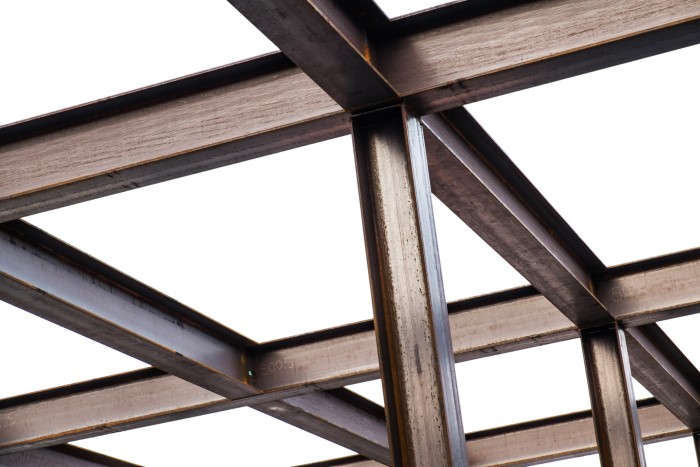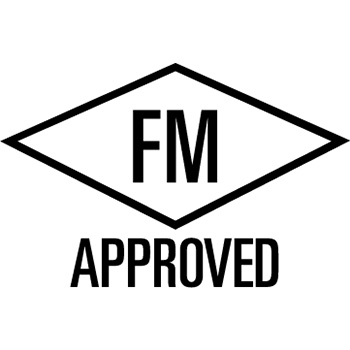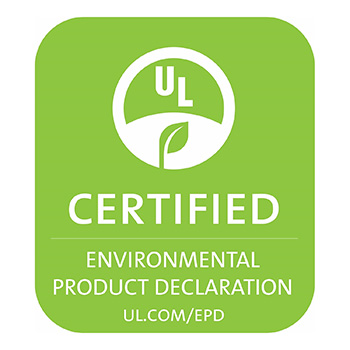What Is Metal Fatigue?

Metal means much to Americans. In the week ending on August 7, 2021, Americans produced nearly 1.9 million tons of raw steel. The steel went into a number of products, including roadways and bridges. Not all of this metal will last. Metal fatigue is the scourge of any metal product, and manufacturers must take steps to avoid fatigue.
What exactly is metal fatigue? How can manufacturers categorize it, and what causes it? What should manufacturers do to limit fatigue in their designs?
Answer these questions and you can make metal objects that will stand the test of time. Here is your quick guide.
What Is Metal Fatigue?
Metal fatigue occurs when metal becomes weakened through time. Metal products and objects will sustain some sort of stress in their life. If they begin to falter under repeated stresses, they are suffering from metal fatigue. There are three stages of metal fatigue. Stage one occurs after an object has gone through a succession of load cycles. Cracks begin to form on its surface, especially around the edges and other points where stress is concentrated.
Stage two sees the cracks growing. They may become noticeable to the naked eye, or they may be concealed in some way. A person using the object may notice that it feels a little weaker.
Stage three sees the rate of crack formation skyrocket. Pre-existing cracks have grown in length and size, while new cracks form all over the object. The metal eventually fails, which can result in injury.
Forms of Metal Fatigue
There are a few different kinds of metal fatigue. Thermal fatigue failure occurs due to temperature changes. The temperature may drop or rise, but the fluctuations make the metal change shape and crack.
Corrosion fatigue failure is an environmental phenomenon. A corrosive environment like a body of water will wear metal down. Many bridges collapse because of corrosion fatigue. The Morandi Bridge collapsed in 2018 after corrosion in its steel cables reduced the bridge’s strength by 20 percent.
Vibration fatigue occurs when equipment vibrates against a piece of metal over a long period of time. Engines that vibrate against a bridge can cause the bridge to become fatigued. Fretting fatigue occurs through friction. Another object that grinds against a metal object will eventually destroy its integrity, wearing through the object.
Mechanical failure combines corrosion and vibration fatigue. It occurs when a metal object suffers from several kinds of stress at once. You may have heard of steel fatigue. This refers to fatigue that steel objects face, not a separate type of metal fatigue entirely. All metals are subject to fatigue in their own ways.
Fatigue Strength
Fatigue strength refers to the ability of a metal to resist fatigue. No metal has complete strength, especially against the elements. But some metal products can last for years without compromising their integrity. The kind of metal that a metal supplier provides is an important component of strength. Tungsten and steel are stronger metals than iron and copper.
The design of the object itself is another critical component. A bridge that is too long and too thin may be prone to vibration fatigue. A product that does not have a coating on the outside may wear down from corrosion. A manufacturer can perform tests to evaluate the degree of fatigue strength in their product. They run copies of their products through repeated stresses and evaluate the effects.
A manufacturer should assess all kinds of fatigue, especially corrosion fatigue. An object may be able to withstand vibration fatigue while failing to overcome a corrosive environment. They should then adjust the purpose of their product.
Metal Fatigue Solutions
There are many solutions that manufacturers and suppliers can use for fatigue. The solutions for a problem depend on the product itself, so not all solutions may be always ideal.
A manufacturer should make metal products with very sturdy materials. Aluminum may be lightweight, but it is prone to several kinds of fatigue. They should use the best quality steel for construction instead. Manufacturers should work closely with suppliers. A close relationship will let them gain access to the latest metals.
Many people are deterred from using good-quality metal because they are afraid of the expense. Crafting a good relationship with a supplier can lead to expenses being reduced. But it will cost more money to remove a faulty product with weak metal from the market than to use a strong and pricey metal.
During tests, manufacturers should plot a graph of stress cycles. The graph should detail what particular stress level their product can withstand without fracturing or puncturing. If this level is low, they must go back and redesign their product. The edges of holes are focal points for stress. They can place the hole elsewhere, making the entire object less vulnerable to fatigue.
Objects with turning components tend to become fatigued quickly. Fans, propellers, and other rotating pieces should be a top priority of manufacturers and suppliers. They should make sure that the parts can spin without too much vibration or friction. This may require greasing the parts on a regular basis.
Meet the Best Metal Supplier
Metal fatigue is a constant threat to anything made of metal. After sustaining enough stress, an object will develop cracks. The cracks will deepen, threatening the integrity of the object. Stressors are everywhere. The corrosive flow of water will wear an object down. Vibrations, friction, and temperature changes will also impact an object.
Manufacturers should select sturdy materials like stainless steel. They must test their products over time, making sure they can withstand all major stressors. Stop metal fatigue in its tracks. Bushwick Metals serves communities throughout the Northeast. Request a quote today.






